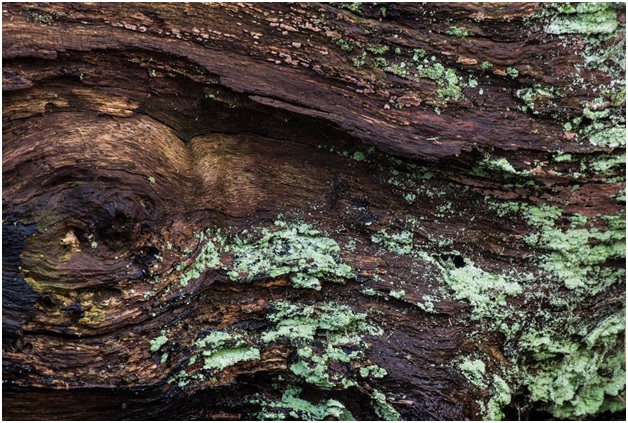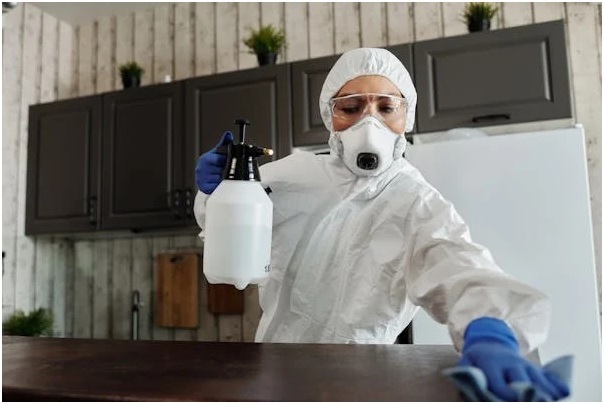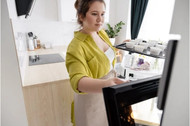Identifying Mold in Your Home
Apr 30th 2024
No home is free of mold, but how would you know you have it?
Sometimes it can be difficult to detect if you have mold in your house, as there are many types and kinds that are naturally present in the environment. These fungi can thrive indoors and outdoors, and we often bring them inside through our windows and doors and even on our clothing and shoes.
And when molds enter our homes, their spores can linger in the air until they find an opportune time to grow a colony. Often this moment arrives when they find a reliable source of food, a warm area not in direct sunlight, and water or a humid environment.
Often ambient mold colonies are harmless and easy to remove, but they can also affect our health if we leave them to grow and spread throughout our homes. Some can also affect the integrity of your home, and others can be toxic and cause serious illnesses for the occupants of the home.
Where to Find Mold
If you suspect mold is in your home, consider the areas where the conditions are ideal for growth. Often these areas are humid or have moisture, and are not significantly cold or hot. There must also be a source of food, and for many homes, building materials, like drywall or insulation are ideal food sources for mold.
Bathroom or Toilet
This is an area where moisture is nearly always present, and sometimes discarded toilet papers can be a source of food for mold. If not properly or regularly cleaned, showers and baths can be ideal environments for mold to grow.
Kitchen
The kitchen has it all: water, heat, and the presence of humans and their pets, always bringing something from the outside, including mold spores. The kitchen sink and the pantry can be ideal areas for mold spores to grow, so it’s best to always make sure the kitchen has proper ventilation and is always cleaned.
Basement
The basement is an area that is not in direct sunlight, and often we have the washer and dryer in this place. Often mold can grow in these areas, as excess detergent and water can create an ideal environment for mold growth too.
Ceilings, Walls, and Floors
In cases where there is water damage, ceilings, walls and floors can be ideal for mold spores. In cases where storms and floods damage a house, bacteria and fungi can thrive instantaneously. In such cases you know you need to control the damage if you do not want mold to grow in your home.
If you want to check for mold in your home, these are the initial places where you should check.

How to Detect Mold in Your Home
There are different ways to detect mold in your home. The first way is to check if there is a smell of must or damp in the areas specified earlier. A mold colony can often start small, so there are no visible signs of mold growth, but musty and damp scents can already be present.
When the scents of must and damp are present, look for the place where the smell is strongest. Check the walls, floorings, and spaces under the carpet that can be a breeding ground, and control it before it spreads.
The next method is by sight. If you see black, gray or green dust in any of these areas, and the dust is moving upwards instead of down, this is most likely mold. Often the mold colony can start in a corner, so always check the corner of walls, ceilings and floors.
If there are no signs of mold, but you can still smell it, it’s best to use a mold detection kit to find the colony. The EC3 Mold Screening Kit can be used to test for all levels of mold in your homes, whether in the air or on surfaces, or belongings.
These mold detection kits have six mold test plates, and the detailed instructions explain clearly how to conduct the test in your home for specific items. You can find out the results within five days, and so do the appropriate measures to manage the mold infestation in your home.

I Have Mold in the House!
Now you find out your home is positive for mold, what can you do?
The first thing is to plan a deep cleaning of the area. This should start with a strategy to remove the cause of the moisture or humidity in the area. If there is a water leak, you need to repair it first before you remove the mold.
Once this is managed, appropriate containment and personal protective gear should be used when any demolition or cleaning of the moldy building materials or areas is being done. You want to both limit spreading and exposure to other areas of your home and limit exposure to yourself and your body.
These measures also limit cross contamination that can become problematic later down the road. You also need to use proper cleaning products that are proven safe and effective for use on mold. We advocate only using nontoxic products like those in our EC3 line for this work to limit adding additional chemicals to your indoor environment..
If the mold infestation is excessive, you might need to call in professionals to ensure that the mold growth is completely removed. Sometimes, mold spores can still be present in areas where they might not be visible yet.
Once the area is thoroughly cleaned, it’s best to use an anti-mold spray or fogger to reduce mycotoxins and mold spores that are floating in your indoor air. In areas where there is high humidity, open doors and windows and turn on fans to make air circulate.
Improved ventilation can make mold spores and mycotoxins move out of the house, reducing the likelihood of developing colonies in the house. It also dries out moist areas and allows water droplets to move in the air.
Get Tested for Mold
Mold is naturally present in the environment, and the best way to manage it is through regular cleaning and maintenance of your home. But you need to stay vigilant and aware of where mold can grow, and using a mold detection kit can help you know where to start.



